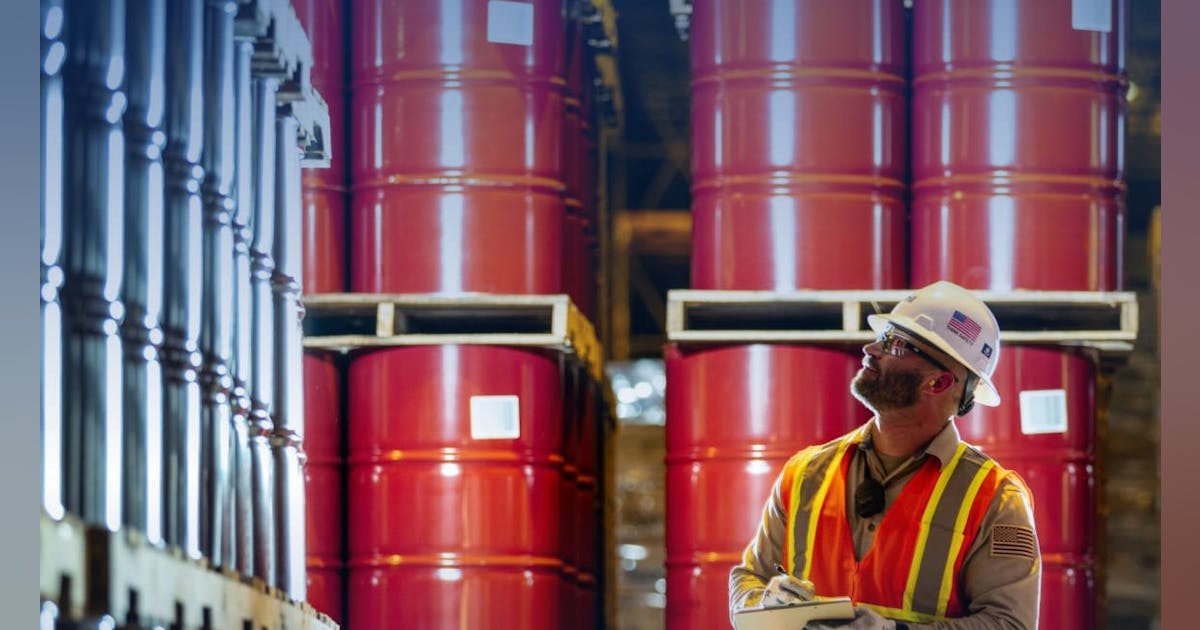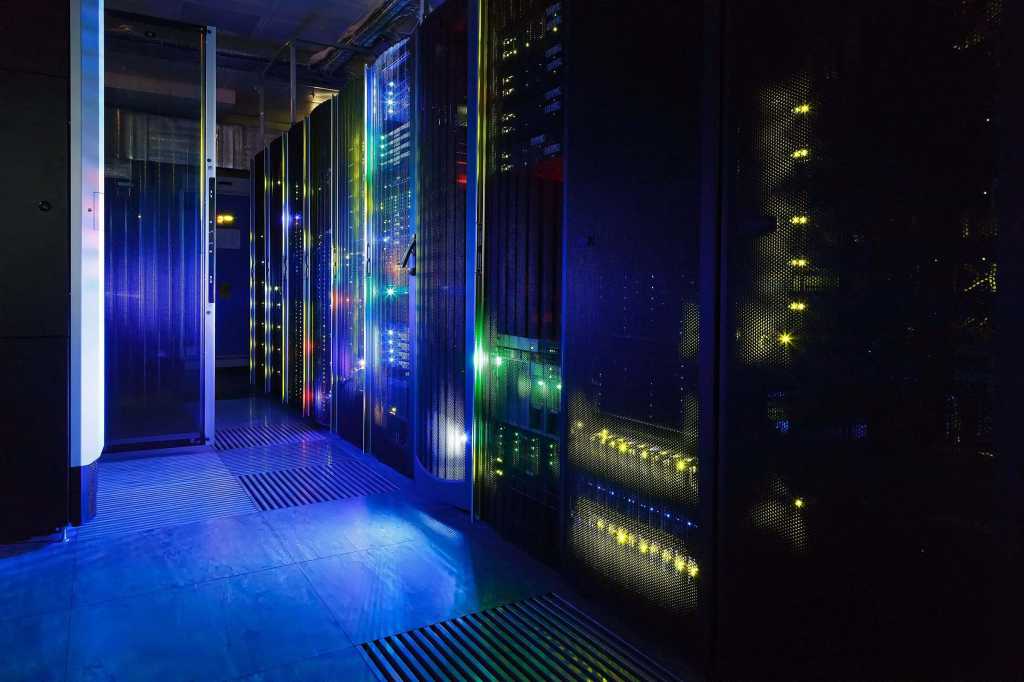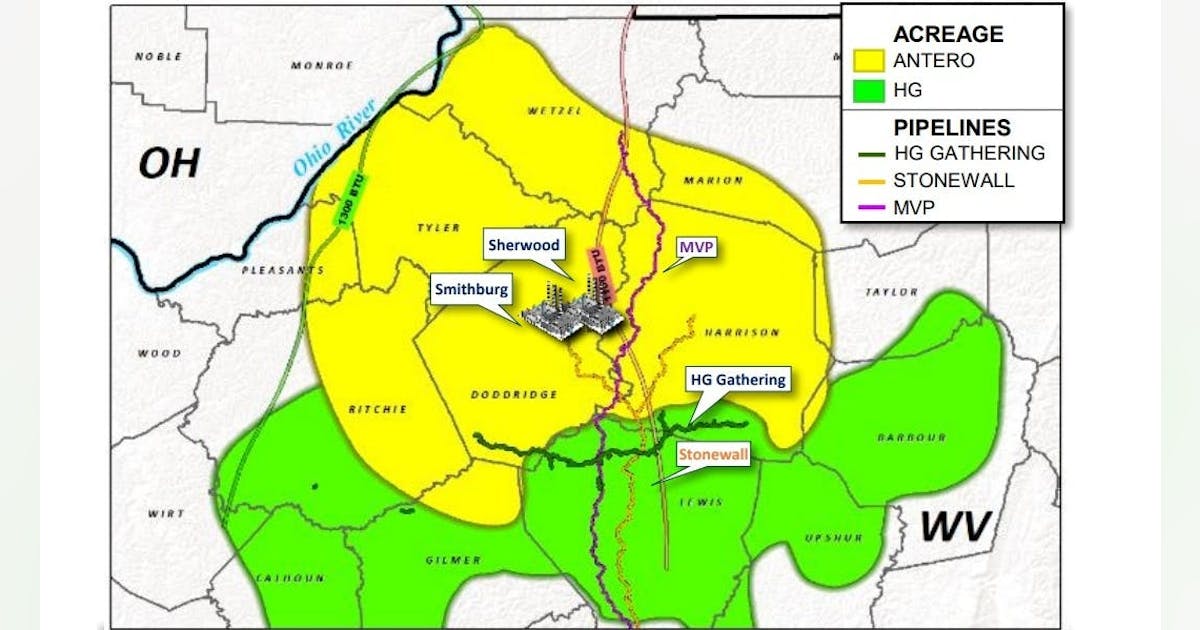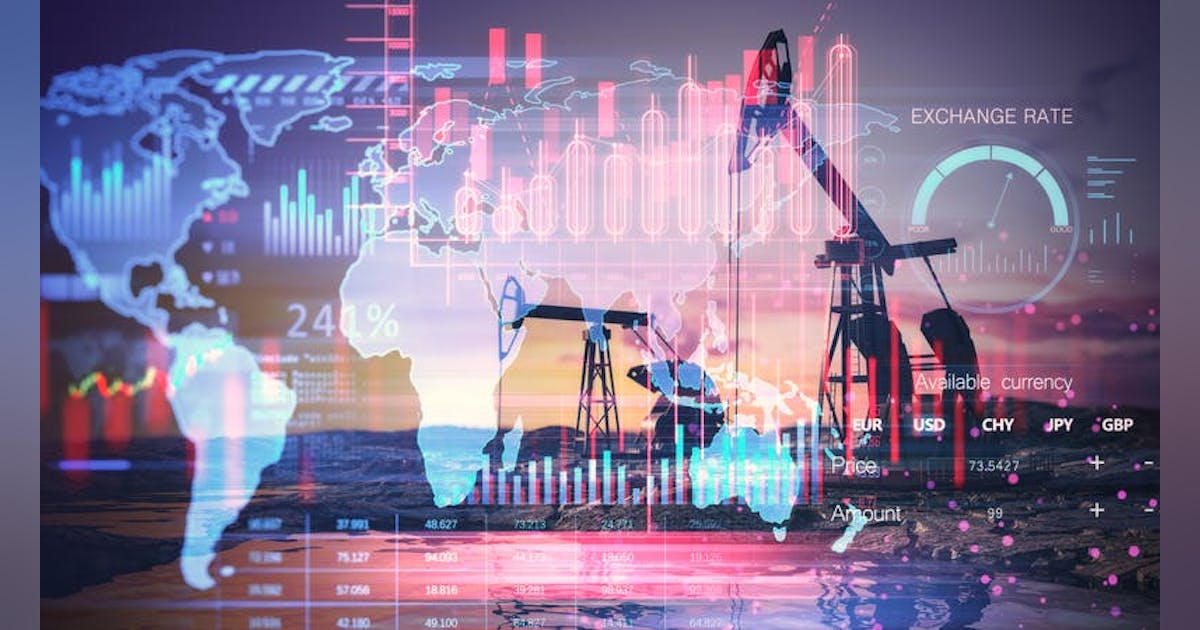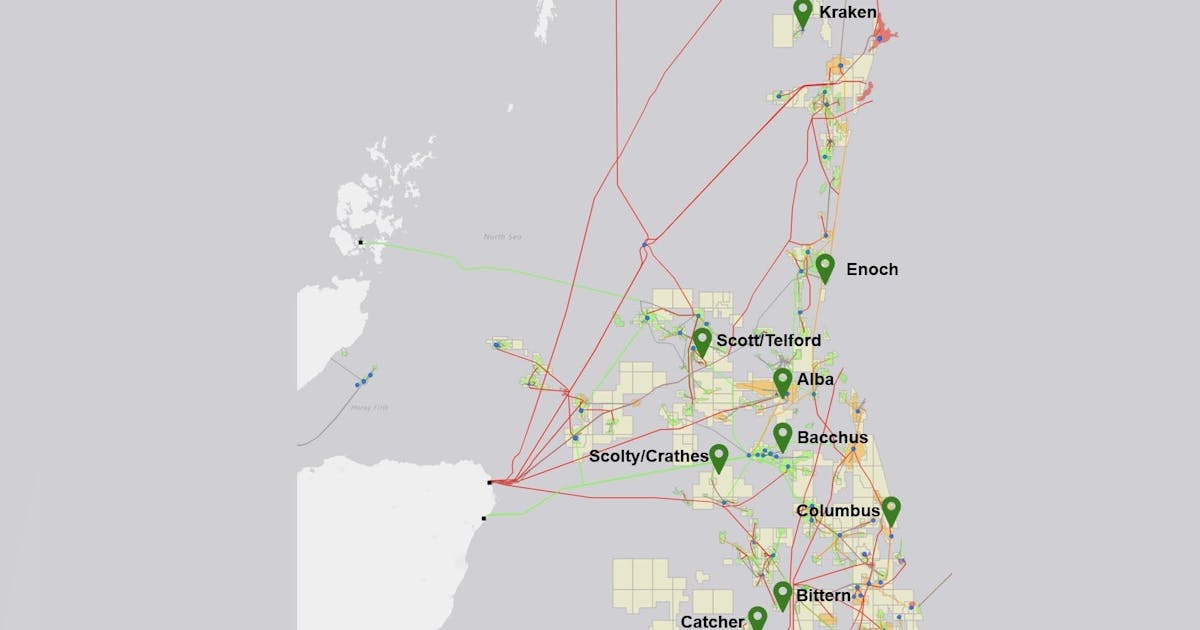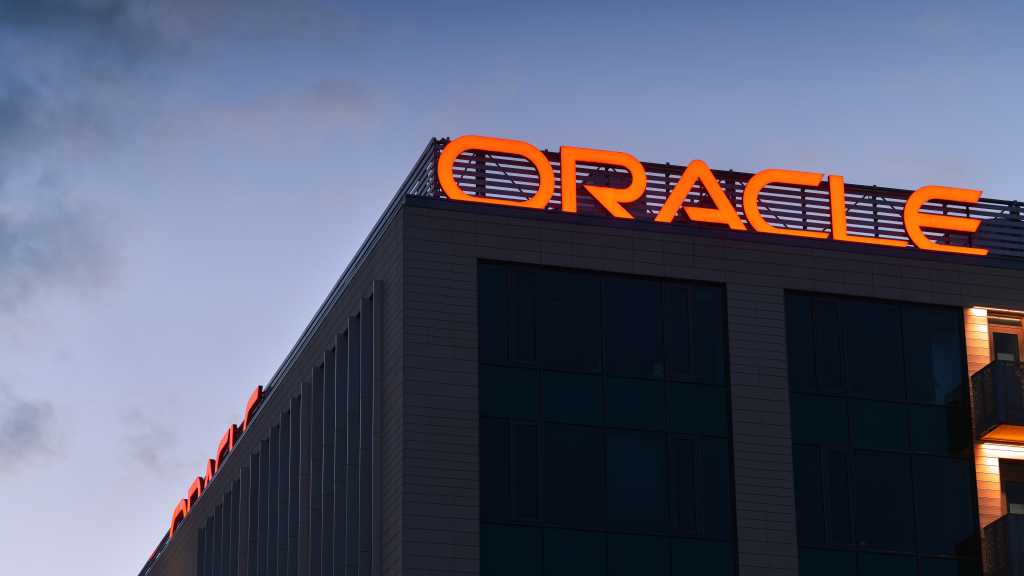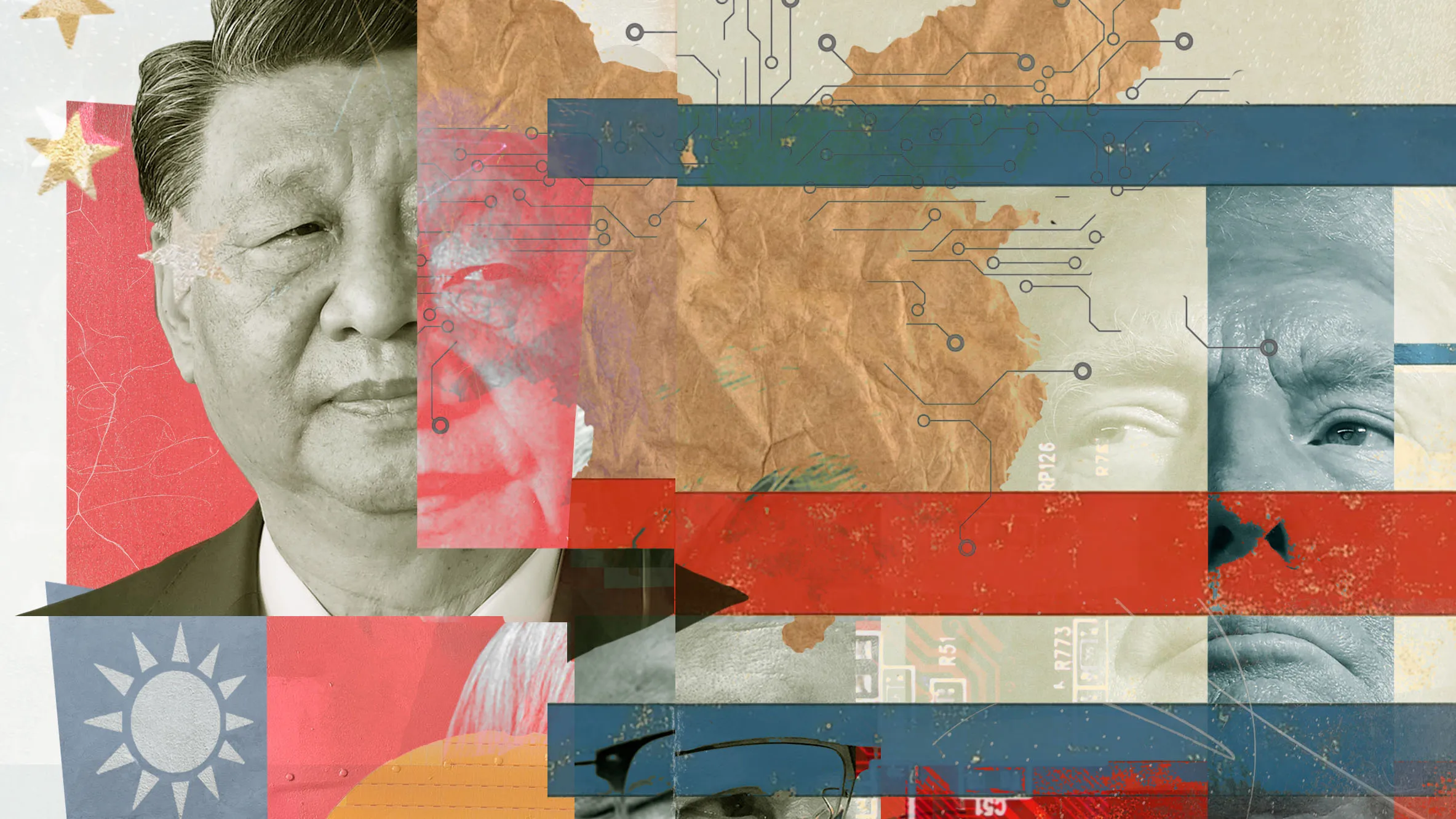
Gunvor Group’s head of trading Stephane Degenne is leaving the company as part of a wider transition in the energy trader’s top management.
Degenne rose up the ranks at Gunvor as an oil market dealmaker to become one of the company’s most senior figures under co-founder and Chief Executive Officer Torbjörn Törnqvist.
His departure is part of a “generational shift in leadership,” a spokesperson for Gunvor said.
Degenne’s exit comes against the backdrop of a broader changing of the guard in the global commodity trading world, as companies refocus after years of bumper profits and longstanding executives retire. Larger rival Trafigura Group last year announced the second CEO succession in its history, capping a period of upheaval in its senior ranks that saw several of its top traders and executives depart.
Gunvor, one of the world’s biggest traders of oil and gas, is around 84%-owned by Törnqvist.
The company also named Gary Pedersen, who recently joined from Millennium Management LLC as president and CEO of Americas, to its executive committee, as well as Energy Transition Director Fredrik Törnqvist, the son of the co-founder.
WHAT DO YOU THINK?
Generated by readers, the comments included herein do not reflect the views and opinions of Rigzone. All comments are subject to editorial review. Off-topic, inappropriate or insulting comments will be removed.
MORE FROM THIS AUTHOR
Bloomberg

